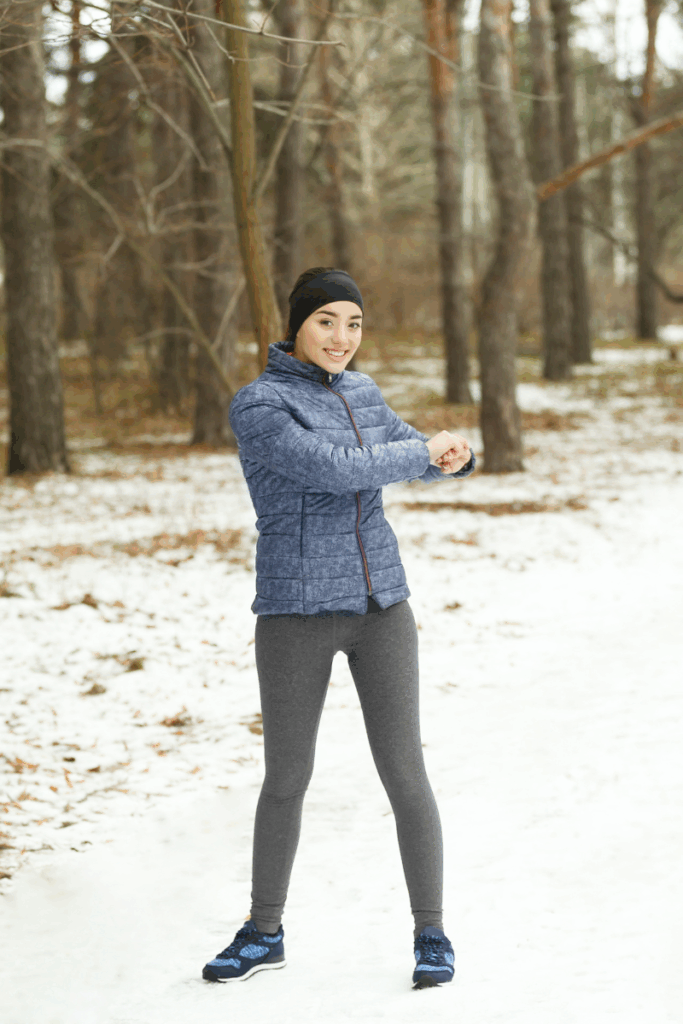Why Winter Makes Your Joints Stiff — And What Actually Helps
Posted by: Reform Physical Therapy in Joint Health, Physical Therapy, Seasonal Wellness, Winter Tips on November 13, 2025
If you’ve ever felt winter joint stiffness as soon as the temperature drops, you’re not alone. Many people notice that their knees, hips, hands, and shoulders feel tighter and more uncomfortable during the colder months. The mix of cold air, lower sunlight, and changes in daily activity all play a role in how your joints feel. The good news is that there are simple ways to ease the stiffness and keep your body moving comfortably all season long.


What Causes Winter Joint Stiffness?
Cold Temperatures Make Muscles Tighten
When the air is cold, your body works harder to stay warm. Blood vessels become smaller, which reduces the flow of warm blood through your muscles. As your muscles tighten, your joints lose some flexibility, and movement can feel stiff or uncomfortable.
Low Barometric Pressure Affects Your Joints
Right before a winter storm, the air pressure outside drops. That drop can make tissues around your joints expand slightly. Even a small increase in pressure around an already sensitive joint can make stiffness or pain feel stronger.
Less Sunlight Means Lower Vitamin D Levels
In winter, people tend to stay indoors longer, and natural sunlight becomes limited. When your vitamin D levels fall, your bones and muscles don’t function as well. This can make joint pain and inflammation feel worse, especially if you already deal with arthritis or other chronic conditions.
People Move Less in the Winter
Shorter days and colder temperatures naturally make people less active. When you move less, your joints don’t get the natural lubrication they need to stay flexible. Over time, this can make stiffness build up and become more noticeable.
What Actually Helps Your Joints in the Winter
Warm Up Your Body Daily
Heat relaxes tight muscles and improves blood flow. Many people find relief by taking a warm shower in the morning, using a heating pad on stiff areas, or gently moving their body before heading outdoors. Even a few minutes of warmth can make a big difference in how your joints feel.


Keep Moving, Even Indoors
Regular movement keeps your joints happy. A short indoor walk, a simple stretching routine, or a few strength exercises can help your body stay loose and mobile. Even on busy days, small amounts of movement prevent the stiffness that often builds up in winter.
>>Related blog post: “Maintaining Strength as You Age: Safe Exercises for Every Decade.”
Support Your Vitamin D Levels
Because the sun is weaker in the winter, it’s common for vitamin D levels to drop. Some people support their levels through supplements after talking with their provider, while others focus on foods like eggs, salmon, and fortified dairy. When the weather allows, short periods of sunlight outdoors can also help.
Stay Hydrated All Day
People often forget to drink water in the winter because they don’t feel as thirsty. But your joints still need proper hydration to stay cushioned and comfortable. Drinking water regularly throughout the day supports joint health and reduces stiffness.
Try Low-Impact Winter Activities
Low-impact exercise is gentle on your joints and still very effective. Swimming in a warm pool, practicing yoga, or walking indoors are great winter options. These activities keep your joints lubricated and help maintain strength without adding unnecessary stress.
See a Physical Therapist for Personalized Relief
A physical therapist can guide you through exercises that target your specific areas of stiffness or pain. They can also address muscle imbalances, posture issues, or movement habits that may worsen during the winter. A personalized plan makes a huge difference in staying active and comfortable throughout the colder months.
Schedule an appointment with our physical therapists
When to Get Help for Winter Joint Stiffness
If your stiffness lasts more than a week, keeps getting worse, or starts to affect your daily life, it’s a good idea to reach out for help. Early care can prevent long-term issues and help you stay active during the winter.
